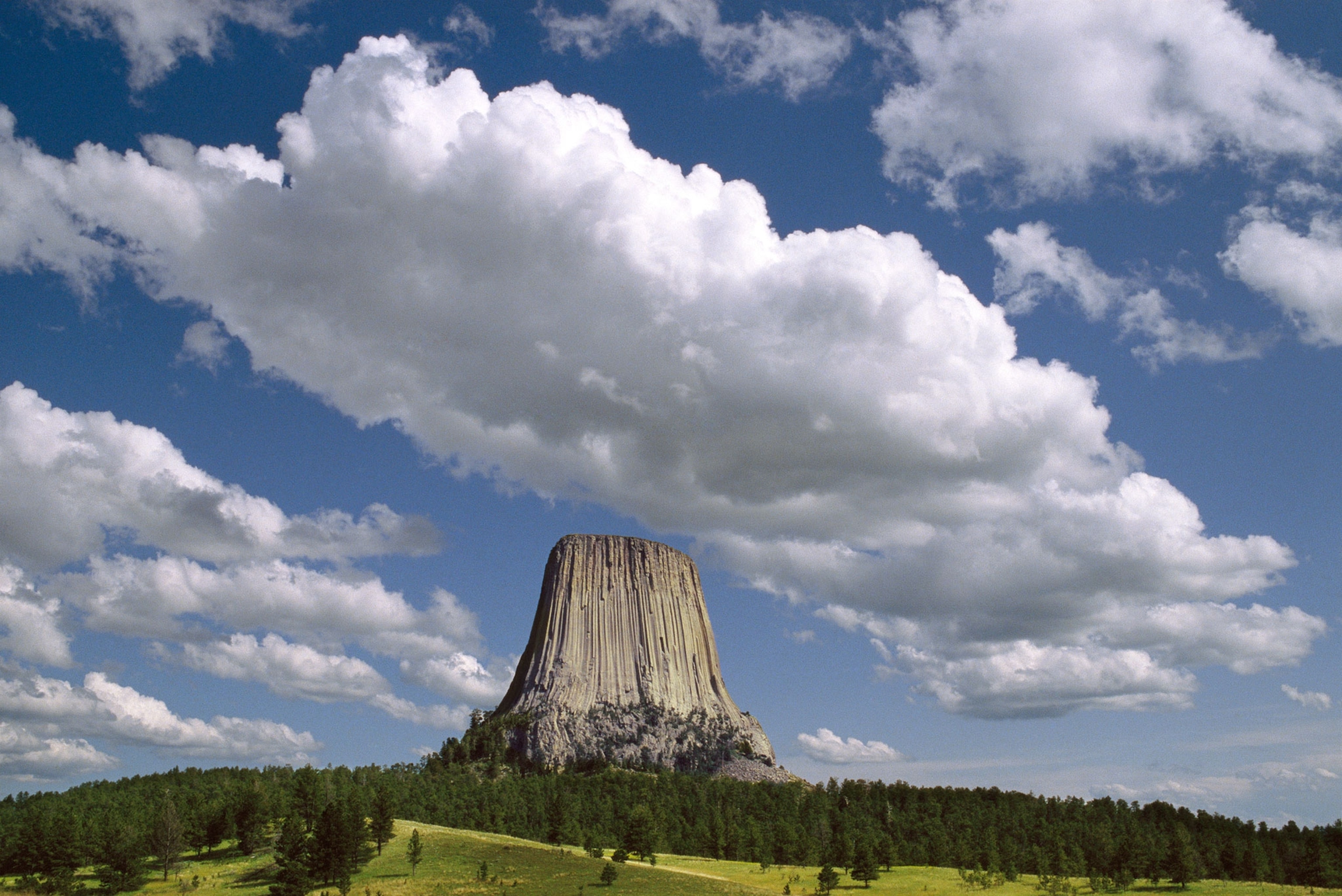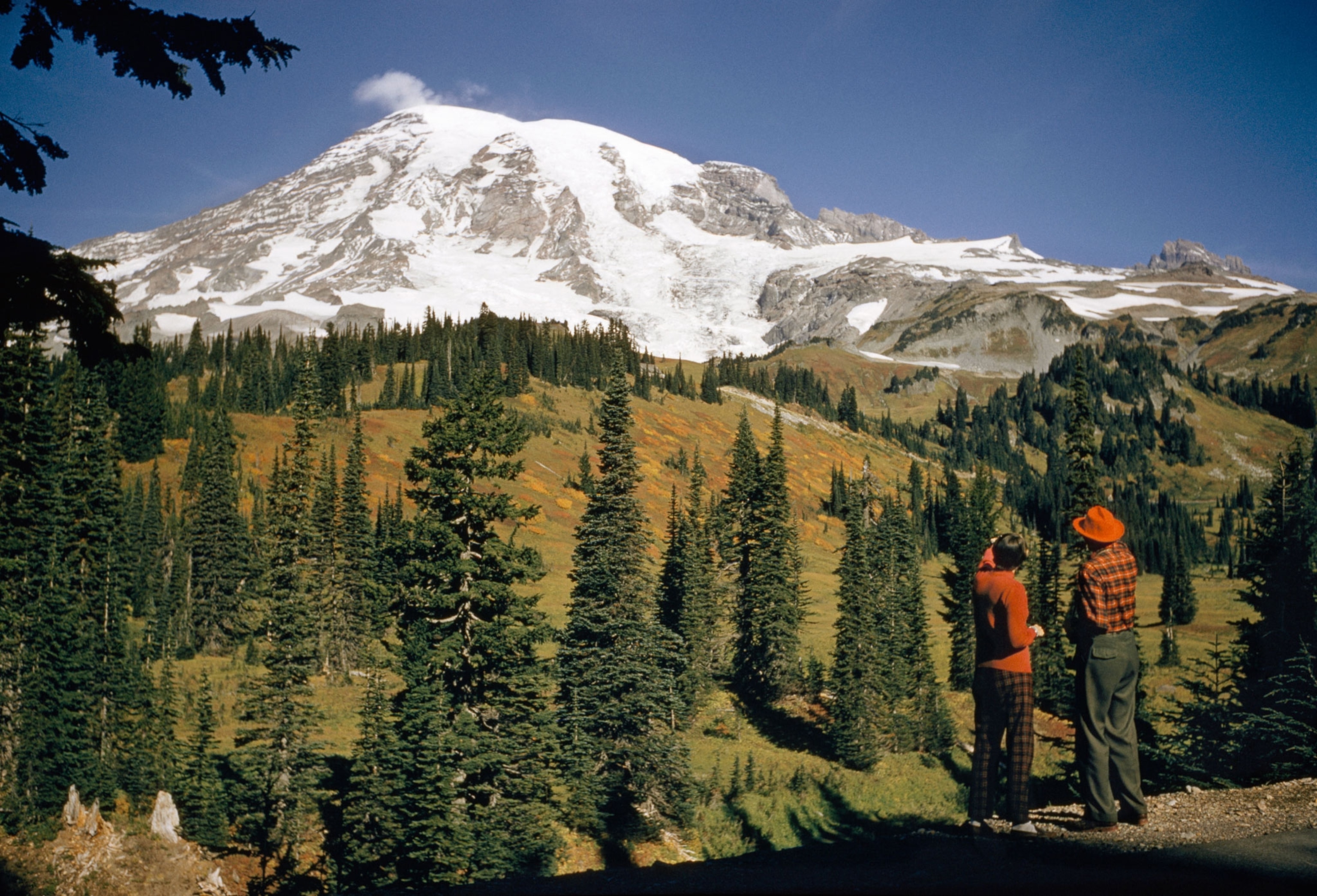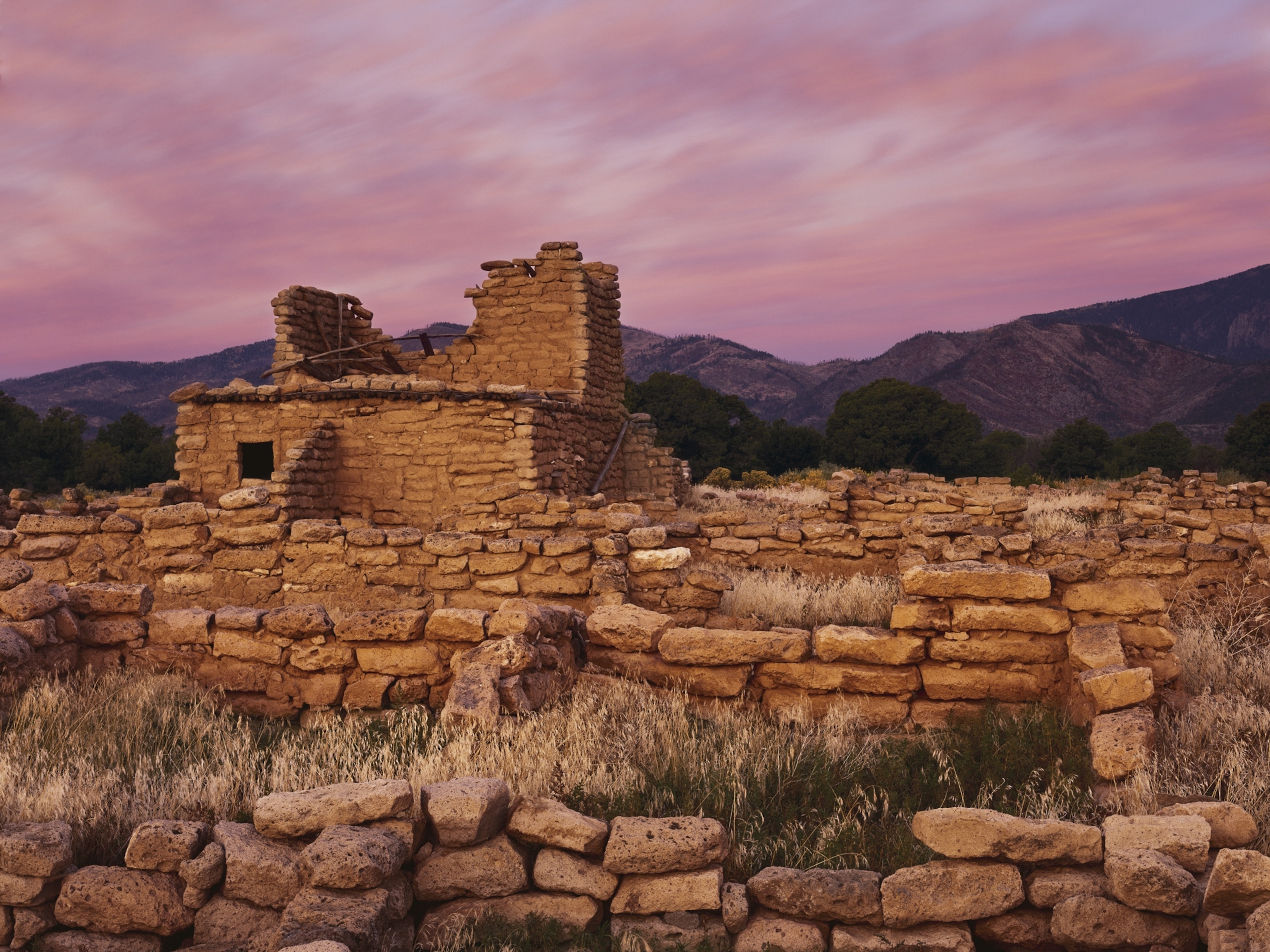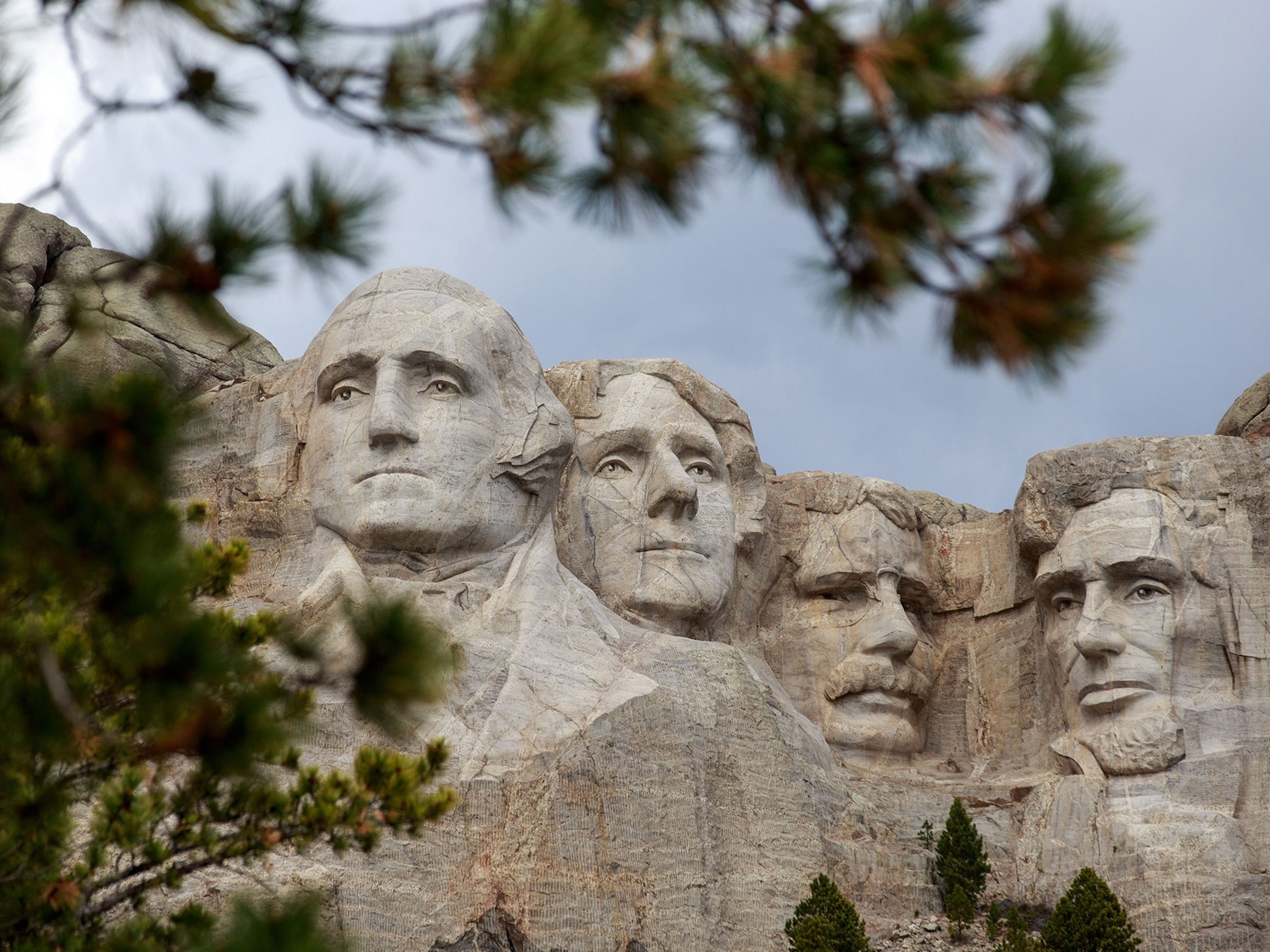
4 Other Mountains Native Americans Would Like to Rename
Beyond Denali, will these famous peaks have their indigenous names restored?
Mount McKinley, which officially became Denali this week, isn't the only mountain Native Americans have been lobbying to rename.
At stake are the names of some of America's most iconic natural sites.
Such naming decisions are usually made by the U.S. Board on Geographic Names, which comprises experts appointed by six cabinet-level departments and other federal agencies and which evaluates proposals for new or amended names.
The board receives hundreds of requests each year to change the names of geographical features all over the country. In each case, it solicits input from the local community, local government, the state, and relevant land managers, such as the parks or forestry service. The board reviews past and current maps and historical information and votes on the proposed change.
“The mission of the board isn't to restore historic names," says executive secretary Lou Yost. "It's to go along with current use and reflect local use and preference.”
Alaskans had been asking the board to rename Mount McKinley, the tallest mountain in the United States, since 1975. In the face of political pressure from Ohio, the birthplace of President William McKinley, no decision had been made on the name change until this week, when Secretary of Interior Sally Jewell exercised her right to act without the board if it fails to act in a timely manner.
The Denali case was unusual—the board usually votes to approve or deny name changes within a few years. Last year, the board voted to restore Alaska's Black River to its Native Gwich’in name, Draanjik River, after finding overwhelming support from the local community and the state.
Some Native Americans have asked that the indigenous names of these peaks also be officially restored:
Devil’s Tower
The board is considering a proposal from Native American spiritual leader Arvol Looking Horse to rename Devil’s Tower—a monolithic rock that rises 1,267 feet (386 meters) above its surroundings in northeast Wyoming—to the traditional Sioux and Cheyenne name, Bear Lodge.
Designated as the country’s first national monument in 1906, "Devils Tower" was a white man's mistranslation of the words "Bad God's Tower," Looking Horse, a Sioux, argued in his proposal. His proposal says the name is offensive "because it equates cultural and faith traditions practiced at this site to 'devil worship,' in essence equating indigenous people to 'devils.'"
Other Native names for Devil's Tower include Bear’s House (Crow), Bear’s Tipi (Arapaho), and Tree Rock (Kiowa).
Yost says the board is gathering information on the request and is waiting to hear back from stakeholders.
Harney Peak
A group of Lakota in South Dakota have asked the board to rename the state’s Harney Peak, the highest point in the U.S. east of the Rocky Mountains. The petitioners say the current name for the craggy feature in western South Dakota is offensive because Army General William S. Harney’s men massacred Native women and children during a battle in 1855.
The Lakota have asked for an official reinstatement of their name for the 7,242-foot (2,207-meter) Black Hills feature: Hinhan Kaga, often translated as “mountain of the sacred owl.”
Yost says more information is needed before the request can be evaluated.

Mt. Rainier
Native Americans have filed several requests over the years to rename the highest point in Washington State. The name Mt. Rainier was bestowed by explorer George Vancouver in the 1790s to honor a fellow member of the British Royal Navy (one who fought against the U.S. in the Revolution). Alternative names suggested include Tahoma or Tacoma, which mean “snowy mountain peak,” or Ti'Swaq, which means “sky wiper.”
The board has repeatedly rejected the proposals, says Yost, because of insufficient evidence that alternative names are widely used.
Mt. St. Helens
Some American Indians have complained about the origin of the name Mt. St. Helens, the volcano in western Washington State that famously blew its top in 1980, killing 57 people. According to the United States Geological Survey, Mount St. Helens was called Louwala-Clough, or Smoking Mountain, by some local Native Americans. But in 1792 it was also named by George Vancouver, this time for the British Ambassador to Spain, Alleyne Fitzherbert, whose title was Baron St. Helens.
Yost says he isn’t aware of much local support for such a change.
Rachel Becker contributed reporting.





